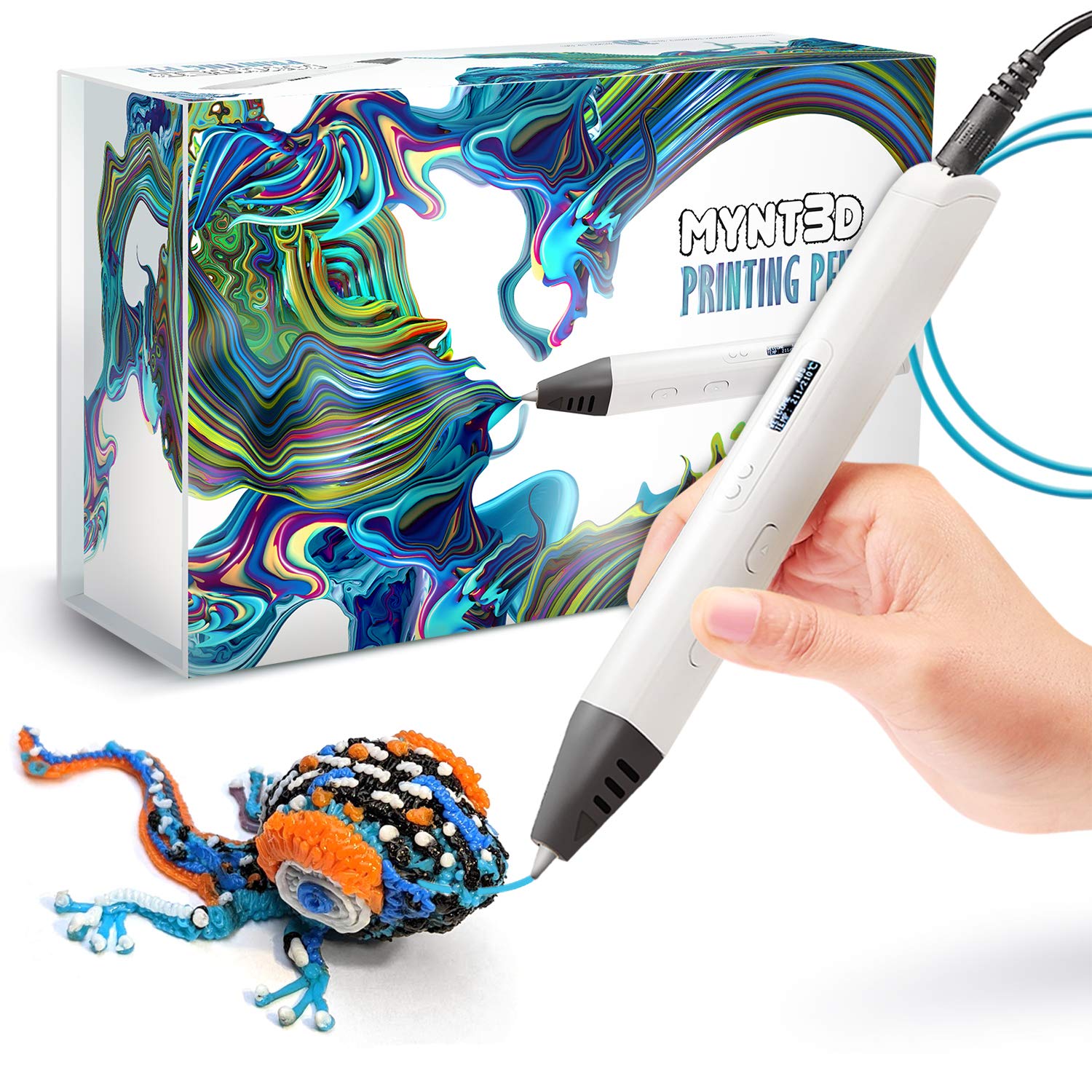3D Printing in Fashion
The 3D printing technology is being used in various industries, like prosthetics, low-cost housing projects, automobile parts, etc. both for prototyping and mass manufacturing. Fashion, on the other hand, is an industry, which is yet to completely realize the potential that this technology has to offer.
This lag is due to the fact that synthetic materials commercially available for 3D printing like polylactic acid are not flexible and comfortable enough to be used as textiles or in garments. They print as solids and lack any spaces that allow air to pass through them like conventional fabrics.
3D printing in textiles is still at a conceptual stage. One promising avenue in this field is combining 3D printed panels with the traditional textiles. The adhesion of these 3D printed panels to the garment, although needs to be worked upon by fine-tuning of the printing parameters.

Also, designers have researched and came up with a collection of garments modeled as the geometry of sound wave, using rubber mesh that allows the dresses to contract and stretch like memory foam mattress. The structure compresses when the weaver sits down and springs open when they get back standing. This design does give the flexibility 3D printing lacked in fashion, but the comfort part is still a far reach. The look of this fabric resembles fake leather and it lacks comfort and sticks to the body. Hence, obviously more research is needed, but we are moving in the forward direction.
3D printing improves smart fabrics: your clothes act as a second skin!
Clothes that can see and produce light
What if our clothes could become our second, artificial skin and react to what we see? Behnaz Farahi took up on this idea. She created a 3D printed wearable that reflects on what the user is feeling depending on who they see. This project called, Cares of the Gaze, explores gaze-actuated and life-like behavior of fabrics. Her fabric is smart and interactive. Sounds impossible?

Farahi’s project is impressive, but not the only one. The artist is truly inspired by 3D technologies, without which she wouldn’t be able to develop her surrealistic ideas. Thanks to flexible 3D printing she was able to produce smart materials with abstract structures which also can change shape depending on the human’s behavior. ‘’Bodyscape’’ combines Additive Manufacturing with body motion triggered LED lights.
Smart textiles enriched by nature
Tamicare is a Manchester based company that revolutionized the industry by bringing mass produced 3D printed textiles which are highly flexible and recyclable. Their innovative technology allows for manufacturing raw materials seamlessly, with no material waste into ready to use products. It also allows for the application of conductive materials during the printing process!
Let’s take sports shoes for instance, which can take up to 100 different steps to be produced. 3D printing technology, CosyFlex by Tamicare, reduces this number to 3 operations. Thanks to Additive Manufacturing wiring and sensors needed for smart fashion or health monitoring items can be 3D printed alongside the textiles at the same time.
Electronics built into the fabric
Nano Dimension is a leading 3D printed electronics and advanced Additive Manufacturing company. They also took an interest in electronics integrated into clothing. The issue has always been putting it all together. Electronics are sometimes fragile and should not be exposed to too much motion, folding, etc.
Therefore they should be combined with the fabric, becoming an integral part of the textile. The engineers from Nano Dimension tested conductors 3D printed in different patterns to study functionality such as conductivity, elasticity, rubbing and so on. Their research has shown that the company successfully printed silver conductors on the fabric, making it smart.
Zac Posen Created Gorgeous 3D-Printed Dresses for the 2019 Met Gala
American fashion designer Zac Posen has created a dress constructed from 3D-printed petals, which was worn by British model Jourdan Dunn in the Met Gala 2019.
Meanwhile, Nina Dobrev is wearing a custom 3D-printed bustier that was finished by wet hand sanding and sprayed with a clear coat to give it its glass appearance. It took over 200 hours to make at a facility in Germany.






